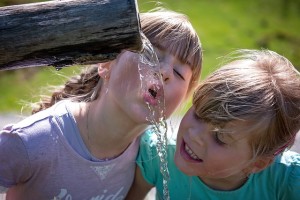 Snohomish County adopts rainwater collection for potable usage for single family residence.
Snohomish County adopts rainwater collection for potable usage for single family residence.
In September 2015, we published a post recommending that both Snohomish and Pierce Counties adopt rainwater collection for residential potable usage. The necessity for adoption was presented considering a 30% reduction in water availability was predicted in the next 35 years.
The Seattle Times reported about the Hirst Decision and its effects in rural development in many counties throughout Washington. These counties should follow the lead of counties before them by providing a sustainable, viable water rights decision on single family residences that allows for potable rainwater systems. It is the only fair decision to be made.
We congratulate Snohomish County for having a progressive approach to water conservation. Adding to our list of firsts, this week, we will install the first potable residential system in Wahkiakum County upon their acceptance of a RainBank Rainwater Systems design.
RainBank Rainwater Systems has been Designing and installing Rainwater collection for residential potable usage for over 16 years. We will continue to promote, advise, and educate rainwater collection as a viable, sustainable water source in all counties in Washington State.
We look forward to helping those in Snohomish County achieve water rights for potable usage using rainwater collection.

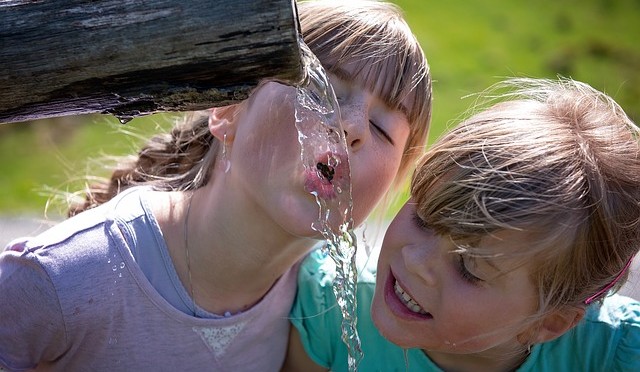
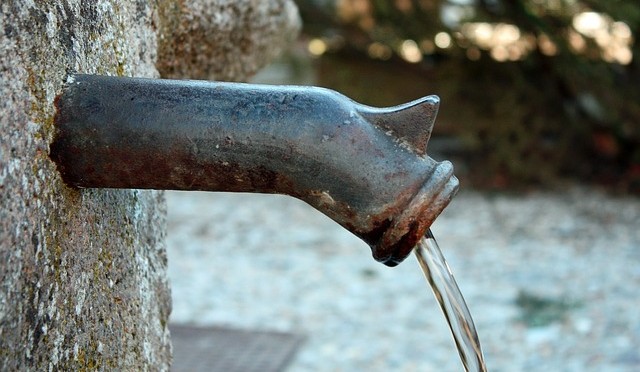
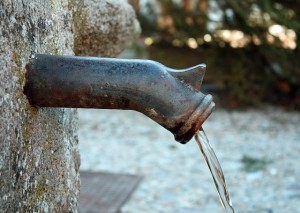 Even with the current drought, some water districts, municipalities and counties in Washington are still not on board with collection of rainwater for potable usage.
Even with the current drought, some water districts, municipalities and counties in Washington are still not on board with collection of rainwater for potable usage.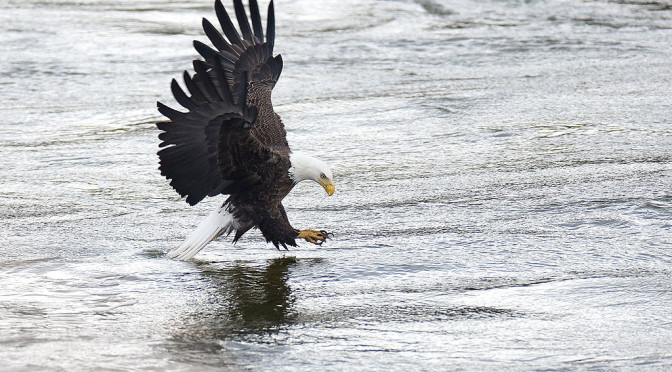
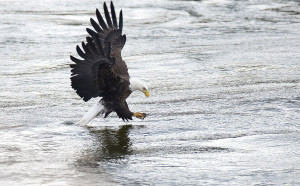
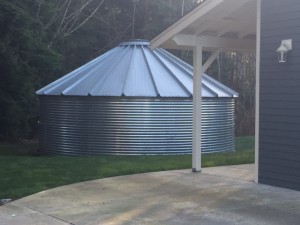 Rainwater is collected and diverted to storage for domestic household use. Then conveyed to filtration and disinfection for potable use resulting in a viable source of safe, clean drinking water. After domestic use, wastewater is directed to a typical septic system and infiltrated on site. Without this process, normal rainfall would simply be considered runoff causing possible erosion or evaporation. Storm water runoff can carry harmful pollutants into bodies of water causing significant damage to salmon habitat. Additionally, evaporation causes very little replenishment to the stream. The use of rainwater collection removes both of these possibilities by diverting the rainfall to storage and, after its use, is infiltrated through an approved septic system, naturally replenishing the stream. Simply put, the water is borrowed for use then returned to its natural flow.
Rainwater is collected and diverted to storage for domestic household use. Then conveyed to filtration and disinfection for potable use resulting in a viable source of safe, clean drinking water. After domestic use, wastewater is directed to a typical septic system and infiltrated on site. Without this process, normal rainfall would simply be considered runoff causing possible erosion or evaporation. Storm water runoff can carry harmful pollutants into bodies of water causing significant damage to salmon habitat. Additionally, evaporation causes very little replenishment to the stream. The use of rainwater collection removes both of these possibilities by diverting the rainfall to storage and, after its use, is infiltrated through an approved septic system, naturally replenishing the stream. Simply put, the water is borrowed for use then returned to its natural flow.